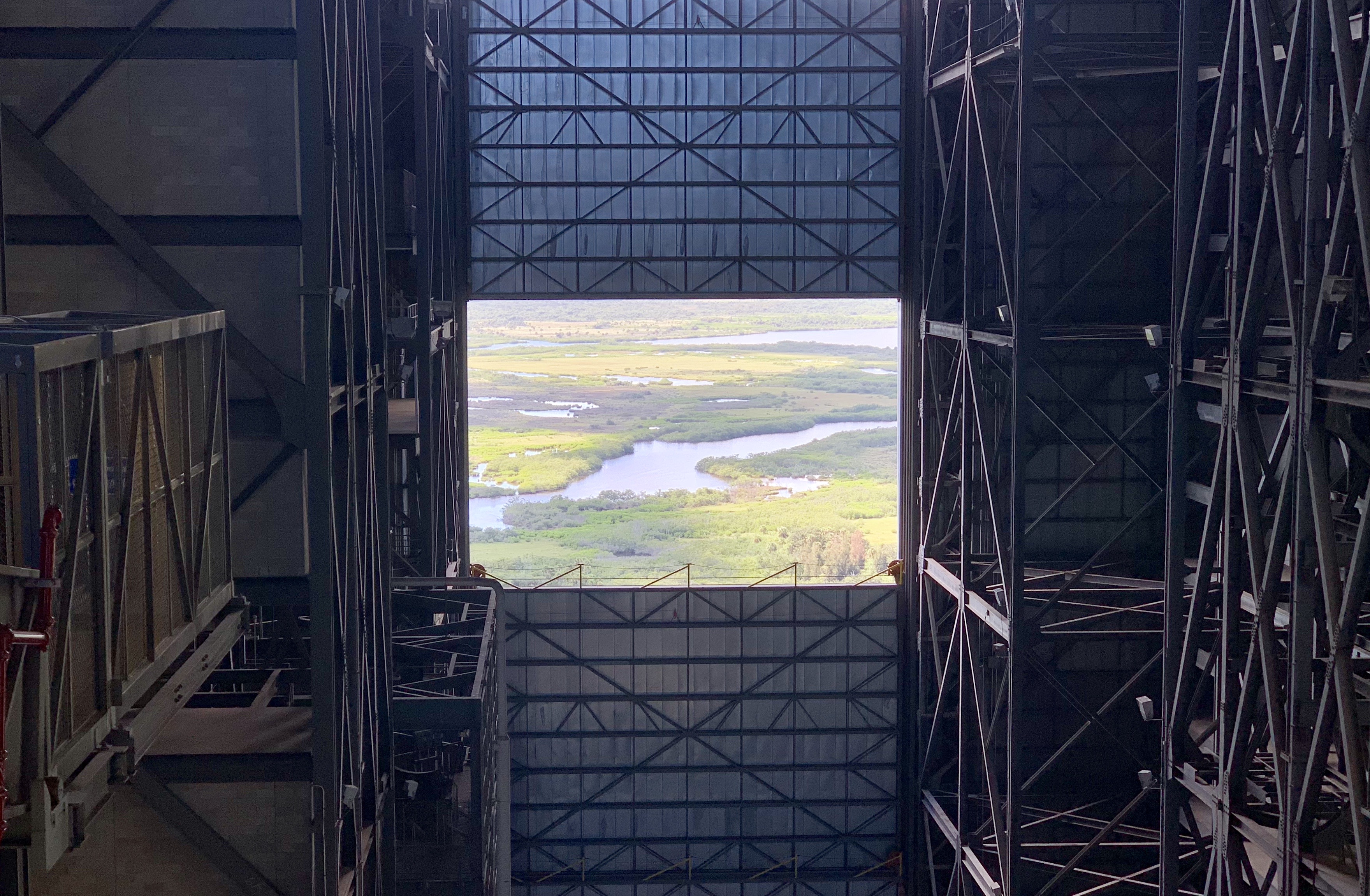
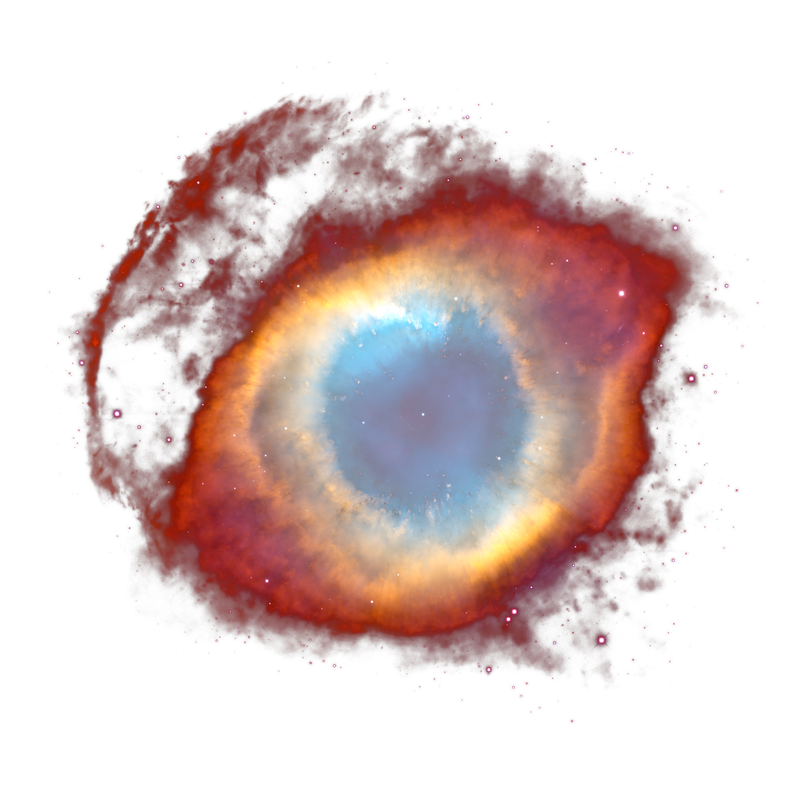
I’ve seen that math and something like that could work. Elon turned off the spigot on falcon heavy launches to create a bigger market for Starship.
Blue’s lander aggregates in a manner similar to what you describe, as did NASA’s original government reference design.
The other thing you’re talking about is basically Gateway. You’re pitching (more or less) the NASA concept circa 2019. :)


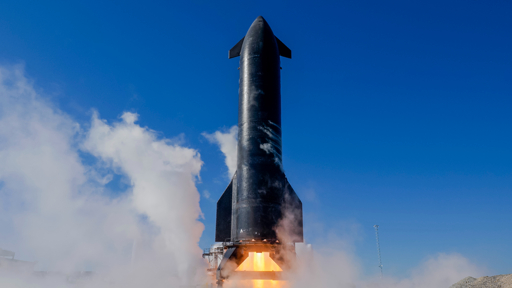

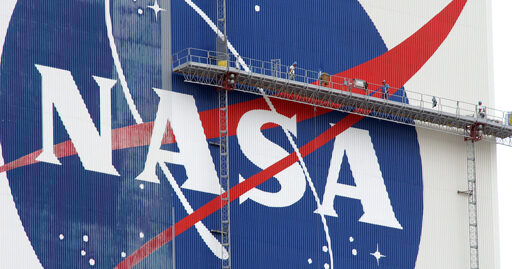
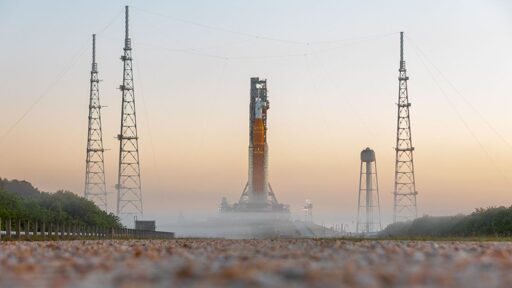


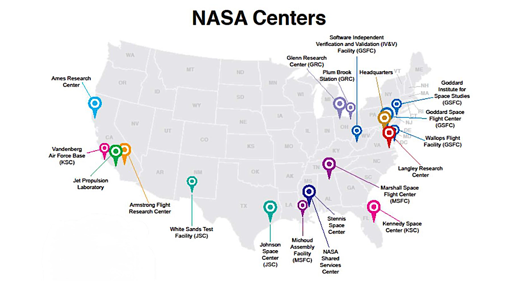





SpaceX playing soccer with COPVs and then bolting them on the vehicle doesn’t feel like a more comforting answer but I agree it’s one I didn’t list. Not sure I understand why people would be rattling around inside the vehicle after a single engine test and then not re-running the single engine for a regression test.
/shrug, still you’re right. Unreported damage post-installation would totally do this, it’s just not a root cause I’ve seen. Would speak to a breakdown in safety culture for my folks, not sure what the safety culture looks like on the Starship line.